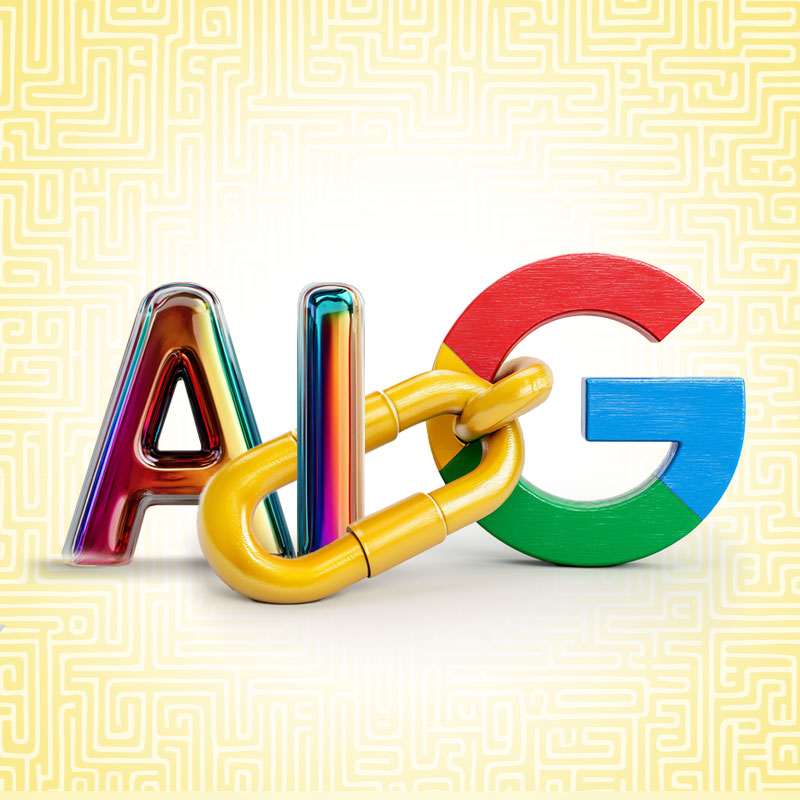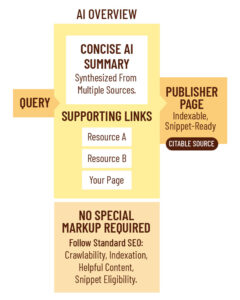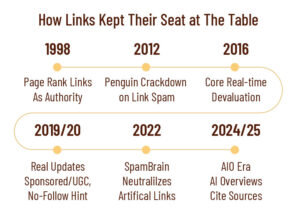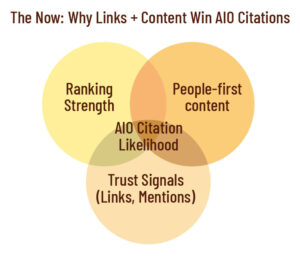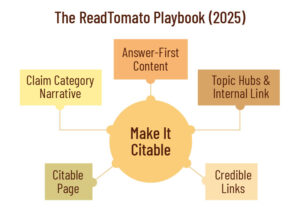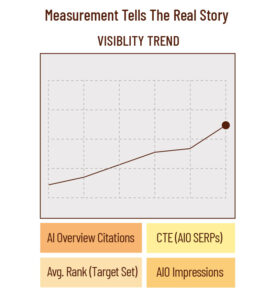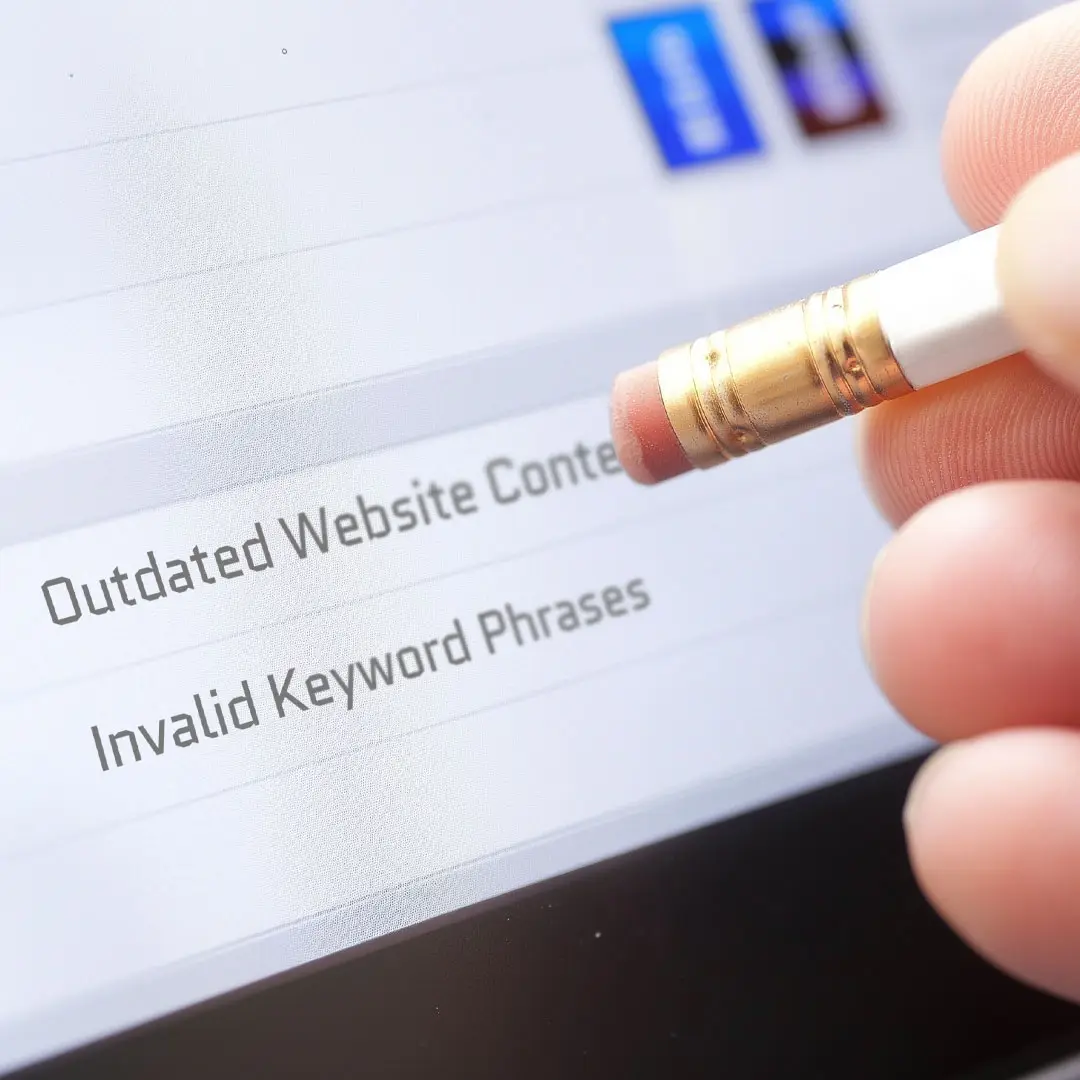The short answer? Yes. Google’s own documentation says standard SEO best practices apply to AI features, and AI Overviews include links to third-party pages. If you want your pages cited there, you need indexable, snippet-ready content with authority signals—and links remain one of those signals. I’m going to show you how AI Overviews SEO can dramatically improve your presence in AI search.
Why you should care: When AI Overviews (AIOs) show, the #1 organic result typically loses clicks; Ahrefs measured ~34.5% CTR loss. The mitigation is simple: become one of the linked sources in the Overview.
Table of Contents.
- What AI Overviews Are (and what they aren’t)
- The History: How links kept their seat at the table
- The Now: Why links + content win AIO citations
- The ReadTomato Playbook (2025)
- Measurement that tells the real story
- FAQs
- Feel like you’re drinking from a fire hose yet? (this is what to take-away)
Get Cited in AI Overviews – Not Just Ranked.
We build editorial, topic-aligned links that boost your odds of being featured as one of Google’s supporting sources in AI Overviews SEO—and we back it up with proof in your analytics. Talk to the Tomato »
1) What AI Overviews Are (and what they aren’t).
Plain English: AI Overviews are Google’s generative summaries that appear on some searches when helpful. They link out to relevant web pages. There’s no special schema; the same SEO fundamentals still apply (crawlability, indexation, snippet eligibility, people-first content, sane preview controls).
Also, this isn’t a pilot anymore. Google expanded AIOs to 200+ countries and 40+ languages. This is the new normal of discovery.
Want a deeper primer in your brand voice? Start here: AI Overviews changed search – here’s your new plan
2) The History: How links kept their seat at the table.
PageRank & link analysis never left. Google’s “ranking systems” page still lists PageRank/link analysis among its core systems. Good links are still a trust proxy.
Spam got smarter, so your links must too. Google’s SpamBrain neutralizes manipulative link patterns and other spam behaviors; label paid/UGC links properly (rel=”sponsored”/rel=”ugc”/nofollow).
Helpful content rises. Guidance prioritizes helpful, reliable, people-first content and warns against scaled, low-value AI content.
Cause → Effect: as Google doubled down on quality and spam-fighting, low-quality links stopped moving the needle. What still moves it? Editorial, relevant links that reflect real-world reputation, and tight, answer-forward content AI can quote.
Want the glossary you’ll actually use in client rooms? Learn to speak the language of modern SEO
3) The Now: Why links + content win AIO citations.
Citations tend to come from pages that already rank. Studies summarized by Search Engine Roundtable show substantial overlap between AIO links and top organic results.
AIOs can siphon clicks. If an Overview appears, top organic CTR often drops; being cited inside the AIO is how you protect visibility.
Google wants to cite “helpful and reliable.” That’s E-E-A-T territory (experience, expertise, authoritativeness, trust) from the Quality Rater Guidelines.
Want the quick setup to ship weekly, on-brand thought leadership that AIOs can quote? Try our Hot Take Engine.
4) The ReadTomato Playbook (2025).
Goal: Make your pages the ones AIOs want to cite and humans want to click.
- Structure the answer first
- Lead with a direct, 2–3 sentence answer.
- Follow with scannable H2/H3s, short paragraphs, bullets, and FAQ blocks.
- Use original charts or mini-tables to clarify claims.
- Keep everything people-first and verifiable.
- Build topical authority on-site
- Create hub-and-spoke clusters that resolve real buyer questions.
- Link from hubs to detail pages with descriptive anchors.
- Start with your hubs:
- SEO & AI Visibility
- Content That Converts
- Service Pillars:
- Earn credible, relevant links
- Target industry publications, associations, regional outlets, newsletters, and podcasts.
- Publish original data, case summaries, and quotable frameworks.
- Label outbound paid/UGC links properly (rel=”sponsored”, rel=”ugc”, no-follow).
- Avoid link schemes—Google’s SpamBrain will neutralize the signal anyway.
- Claim the category narrative
- Consolidate messaging across posts, social, and sales decks.
- Use one narrative your market can repeat back (We call this the Unified Signal Triad: one story, many surfaces, optimized for humans and AI Overviews SEO, See: Claim category leadership).
5) Measurement that tells the real story.
AIO measurement lives in standard “Web” reports. Track impressions/clicks for target queries and watch deltas as you publish and earn links.
Expect CTR pressures when AIOs show; watch branded vs non-brand shifts. (~34.5% CTR drop is a directional benchmark.)
Annotate outreach pushes and new link wins in your analytics to correlate AIO citation appearances and organic lift.
6) FAQs.
Q1: Do we need special markup to get into AI Overviews?
A: No. Google says no special markup is required; standard SEO best practices apply.
Q2: Do links still help with AIO visibility?
A: Yes. Google’s ranking systems still include PageRank/link analysis.
Q3: Can we use AI to write content?
A: Yes –if the output is helpful and reviewed. Avoid scaled, low-value pages.
Q4: How do we label paid/UGC links on our site?
A: Use rel=”sponsored” for paid, rel=”ugc” for user-generated, and no-follow as needed. For examples see: Qualify your outbound links to Google.
7) Feel like you’re drinking from a fire hose yet? (this is what to take-away).
- Authority gets us cited. Credible links help qualify as a source for AIOs and win rankings.
- AIOs depress clicks—so we get inside the box. If AIOs cost the top result ~34.5% CTR, we counter by being cited.
- No hacks, just great SEO. Google confirms: no AIO-only markup—helpful content + clean technicals + quality links.
- We stay compliant. Use rel=”sponsored”/”ugc”/”nofollow”, avoid schemes, and publish people-first content rated highly for E-E-A-T.
Ready to turn one narrative into weekly visibility across Search, AI Overviews SEO, social, and sales? Talk to the Tomato.
About the Author:
Brendon Turner is an SEO strategist at ReadTomato and a 22‑year search veteran who has led complex turnarounds for mid‑market and enterprise brands. He specializes in diagnostics‑led technical SEO (crawl health, internal linking, structured data, site speed) and content architecture that maps to real buyer intent.
Brendon’s reputation rests on rigor and results: aligning stakeholders on the metrics that matter, building repeatable playbooks, and shipping improvements that show up in revenue—not just rankings. He continually tracks developments in AI and search and converts them into clear roadmaps clients can execute, balancing quick wins with durable compounding gains.
